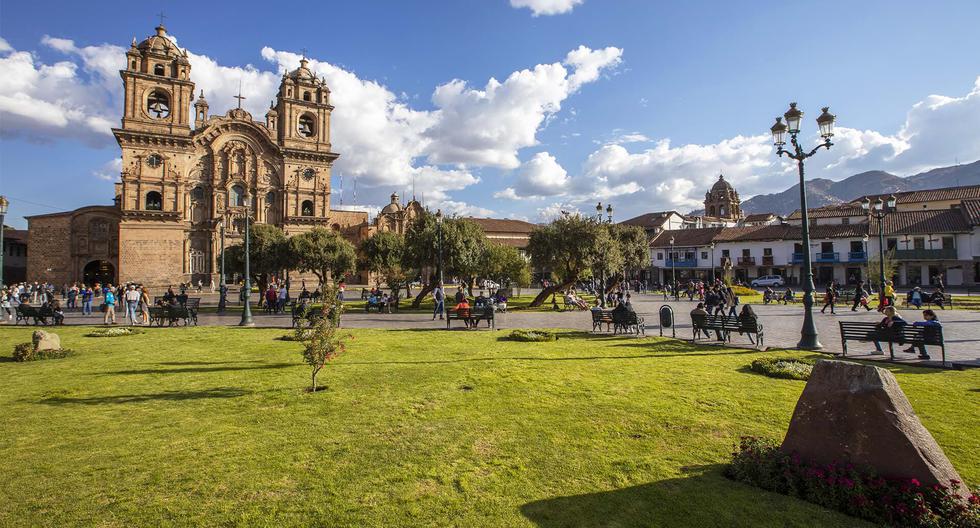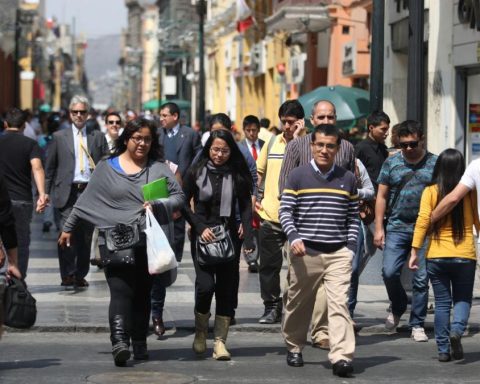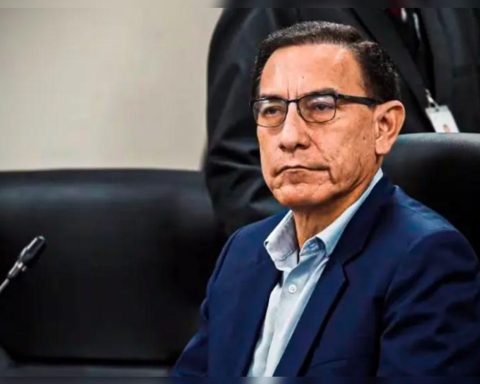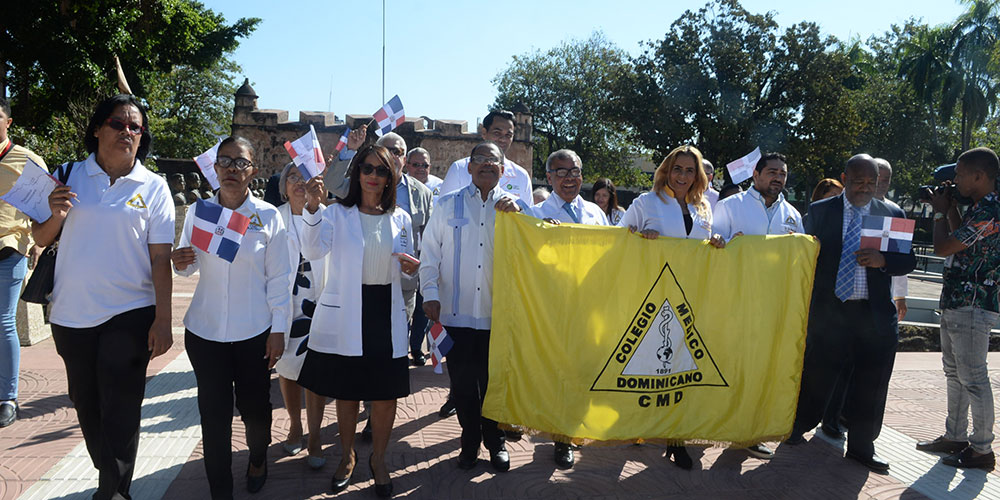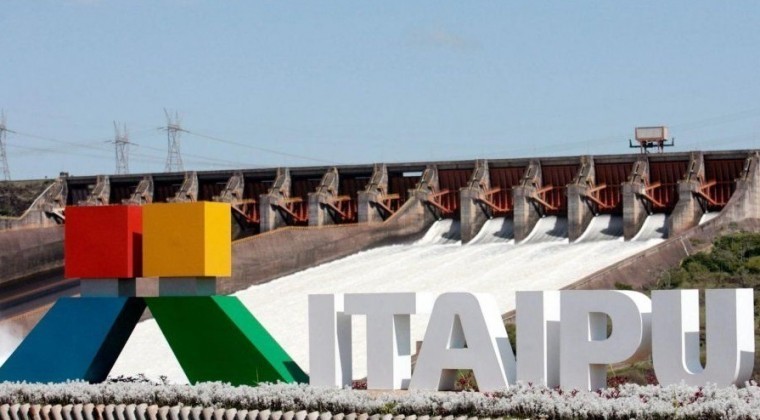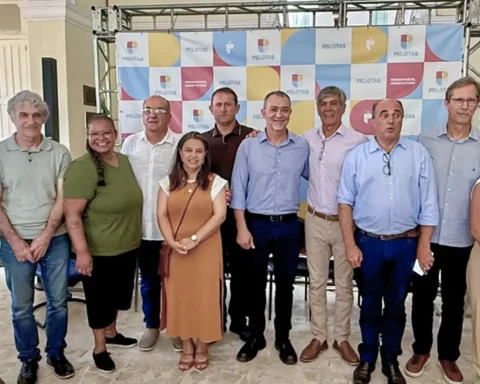By Taxpayers Association
Cusco 600 years ago was the center of the world for the Incas, and perhaps for the majority of aillus that inhabited our lands. In recent decades it was also a world famous tourist center, hosting one of the 7 wonders of the modern world: Macchu Picchu. Today, unfortunately, Cusco has become a center for the generation of violence, unemployment, informality and fear, all of this partly financed by illegal mining and drug trafficking.
Although the previous regional authorities were in charge of unlocking projects, decentralizing the use of the budget, and improving many management tools, the new authorities seem more concerned with their political and ideological campaigns than with the well-being of the people of Cusco.
Cusco is the seventh most populated region in Peru and is the largest tourist spot nationwide, receiving almost two million tourists each year (almost 50% of the total number of tourists the country receives). However, its cultural, religious, and historical wealth does not go hand in hand with its economic, productive, and modern wealth.
According to the Regional Competitiveness Index (Incore), barely 12% of households in Cusco have Internet access, and less than half have access to the three basic services of electricity, water, and sewage, together.
This situation persists despite the fact that in 2022 the region received a budget of more than three billion soles for public investment. The problem, the same as in Puno and the most violent regions: S/2,284 million were not executed.
The Cusco region has 1,205,527 inhabitants, according to the last census carried out in 2017 by the National Institute of Statistics and Informatics (INEI), of which 596,525 are men and 609,200 are women. Of this population, more than 96,000 cusqueños cannot read or write. That is, 11% of the population is illiterate. The illiteracy rate is higher in women (16.5%) than in men (5.4%), although there is no updated figure on this problem.
The anti-company, anti-mining and anti-system mood in Cusco finds no justification if one analyzes where the income that sustains the region comes from. According to MEF figures, Cusco received S/4,099 million for canons and royalties, covering 58% of the public investment of the Regional Government of Cusco and 32% of the investment of local governments. The problem is not mining. On the contrary. The problem is that most of that money is wasted or stolen.
In other words, 4 out of every 10 soles earmarked for investment projects were generated by mining in the region; being the districts of Wanchaq (S/1,018 million), Megantoni (S/395 million) and Pichari (S/198 million) benefited from a greater economic transfer.
